‘Nigerian Seasonal Produce’ is a monthly column published on the last Saturday of each month. In this column, a writer explores a specific seasonal fruit, vegetable or leafy green assigned by the editors of Kitchen Butterfly and based on the Nigerian Seasonal Produce Calendar.
Our author this month is moi and I’m bringing you a double-bill…first there was corn, and now there’s Yellow chilies because it’s my birthday month and I love to give gifts 🙂
Our first interaction with a thing can set up a course for eternity. For good in this case, for good.
This is the season of longer days and shorter nights. I wake up to sunlight streaming through my glass windows – long before my alarm goes off. This is distressing, this circadian rhythm of body and light, each seeking no help from me in the matter of awakening. It is the season of corn and yellow peppers, ose Nsukka, following hot on the heels of mango season. It is the season of thunderous rains and floods, rooftops pounding many mornings. It is the season, I daresay again of the most fragrant, the most flavourful yellow chilies in the world, ose Nsukka.
—–
I discovered yellow peppers, ose Nsukka at my late sister-in-law’s. We were visiting Lagos from Port Harcourt and she cooked Okro soup in the manner of the Igbo in our honour. Fourteen years ago, I could have done without Okro in that style – grated, cooked in palm oil, seasoned with crayfish and dry pepper and blah di blah. I was not impressed – there wasn’t much to recommend it to me. Give me okro and stew and we would be done but Sister Kate’s Okro soup changed my life. The aroma and flavours were sweet and spicy. Needless to say, I found renewed respect for le okro.
When you growing up knowing one way, and you – in adulthood learn another – it can unfurl and unfold a multitude of blessings, if only in aroma and flavour to soothe your soul and belly
I learnt that you could also use fresh chilies – not only dried – in Okro soup.
That pepper get grade. That chilies can be measured, not just in place on the Scoville but also in hearts and on tongues.
She described it as Cameroun pepper.
—–
Back in Port Harcourt, I hurried to the market to buy some and was excited when I found. And then a few weeks later, nothing. They were gone, out of season. Devastating for me. And one of the reasons I developed Nigeria’s First seasonal produce calendar – I couldn’t play Russian Roulette with my cravings, gambling on finding them. No.
And so I learnt to buy them when I saw them in bulk. I would wash and freeze as many as I could. And then, I discovered the dried version. Also called Cameroun pepper.
It was many years later in a market in Port Harcourt that I learned these fresh peppers were from Nsukka. Why then didn’t we call them Nsukka peppers? I suppose my next questions were moot – why don’t we raise the profile of them, why don’t we dry the excess produce? Why, why, why?
It made me think of going to the market once and seeing excess produce, some beginning to turn, and then I wondered what we could do to reduce food waste, particularly post-harvest.
I would love to start up a venture with two strands:
- Developing community-supported-agriculture (CSA) programs and food boxes. It would be a great way, probably through subscription to reduce food waste in the growth region, grow local volunteering efforts, strengthen the local food economy and make a difference to an industry which nourishes and sustains us
- I would love to create awareness of the importance of preservation and teach methods suitable to our locales – whether solar, oven dehydration or others with a strong focus on education – of farmers, transporters and marketers, sellers and consumers who at various points suffer these losses
I imagine markets with a cooperative solar dehydrator where excess produce is dried and sold alongside fresh. Sellers would understand the varied uses of these preserved products and would be able to teach consumers and buyers – it is already common practice for sellers to ‘school’ the public on what and how. I personally don’t know how many recipes I’ve learned from many a market person.
Did I mention that I feel it could dovetail into a research project focused on tropicalized equipment for preservation?
Sigh, so much to do in this life…and all because of Okro soup.
Now yellow pepper goes in most of my cooking, particularly my Okro – whether Igbo style,
or with stew.
All I can say is ‘Thank you, Sister Kate and I miss you, for what it’s worth.’
This is a tribute in many ways to my sister-in-law, Kate who died two years ago. I think of you, I still hear your voice calling out to Rhema and Praise. Much love and may your soul continue to rest in peace xxx

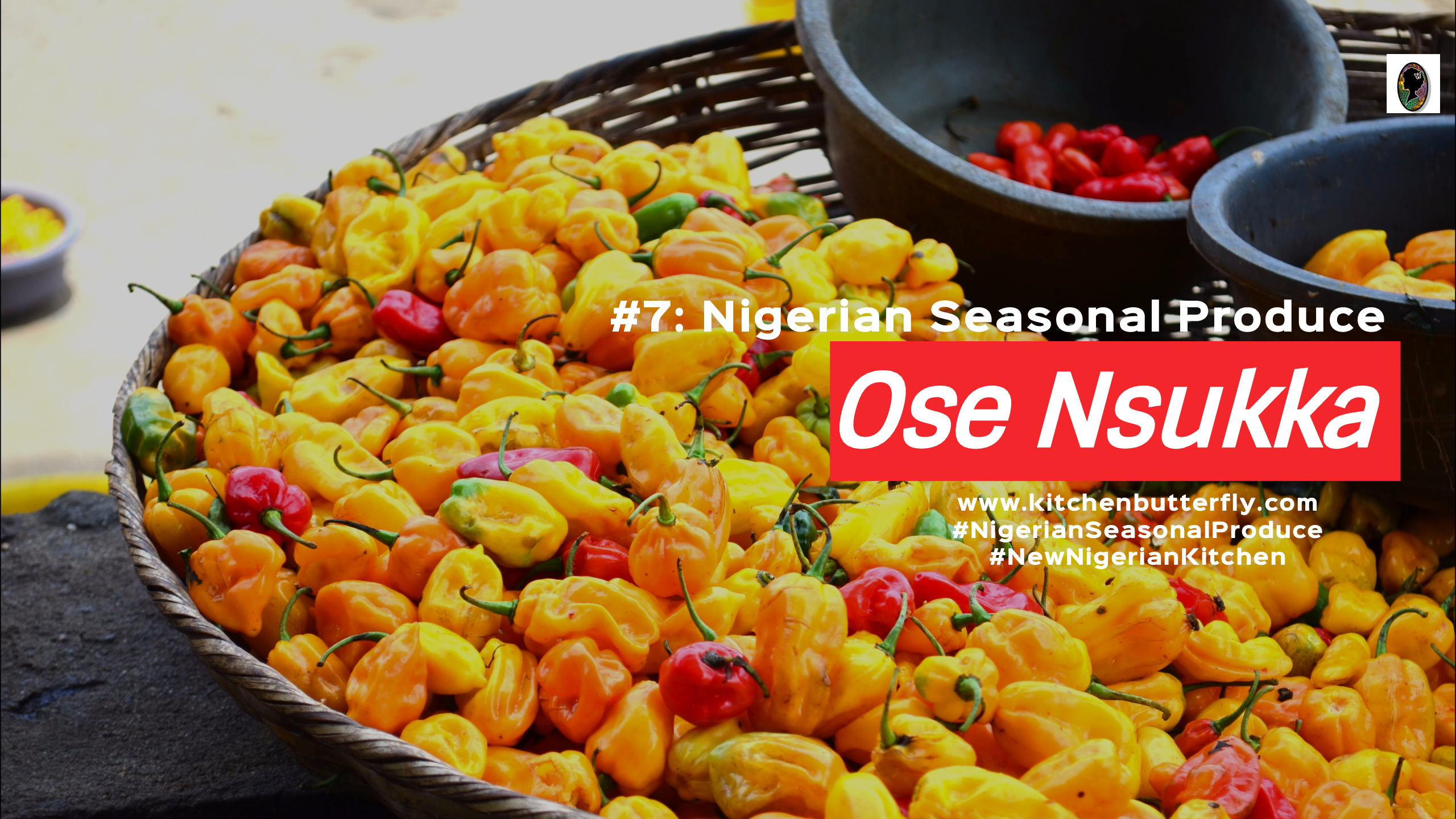
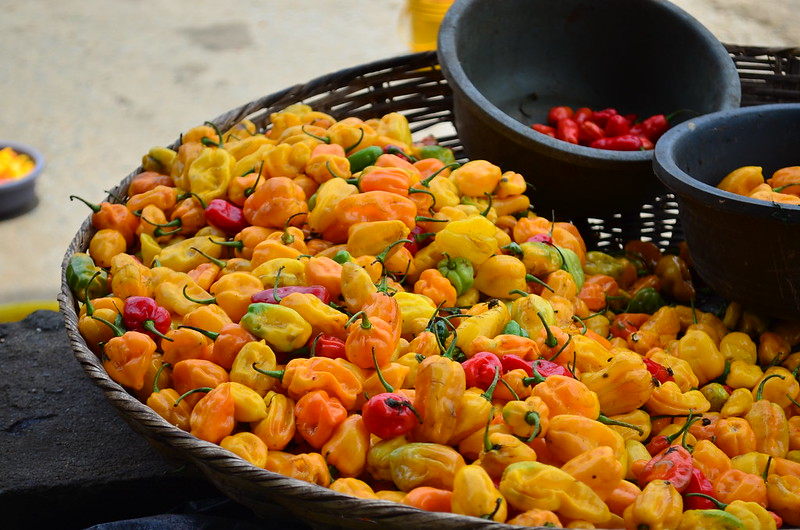
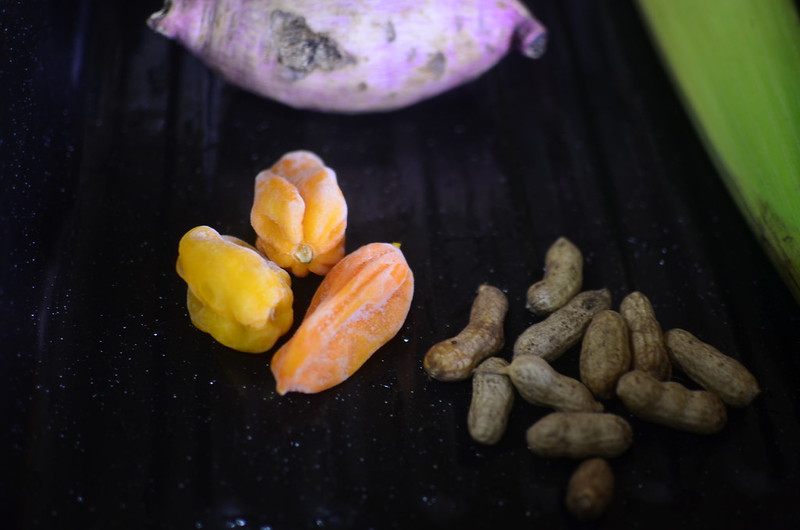
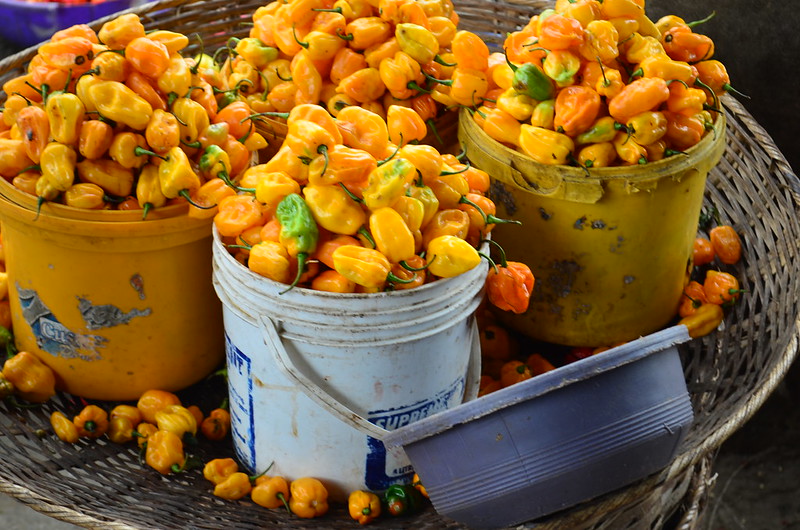
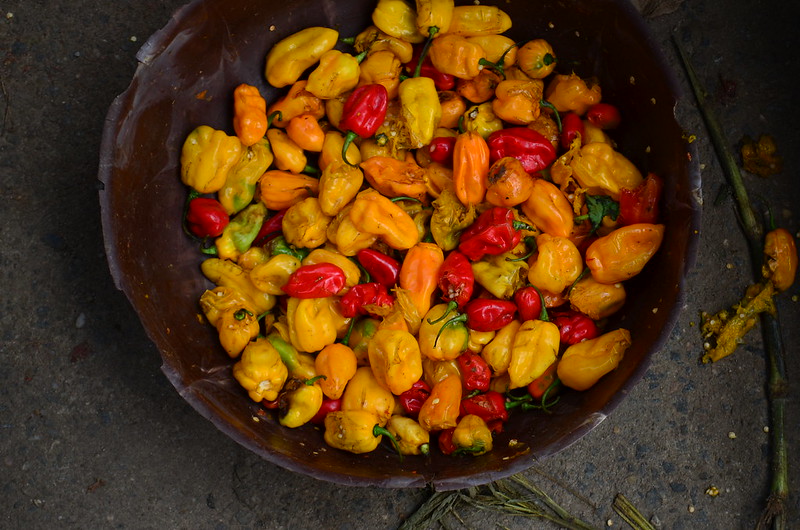
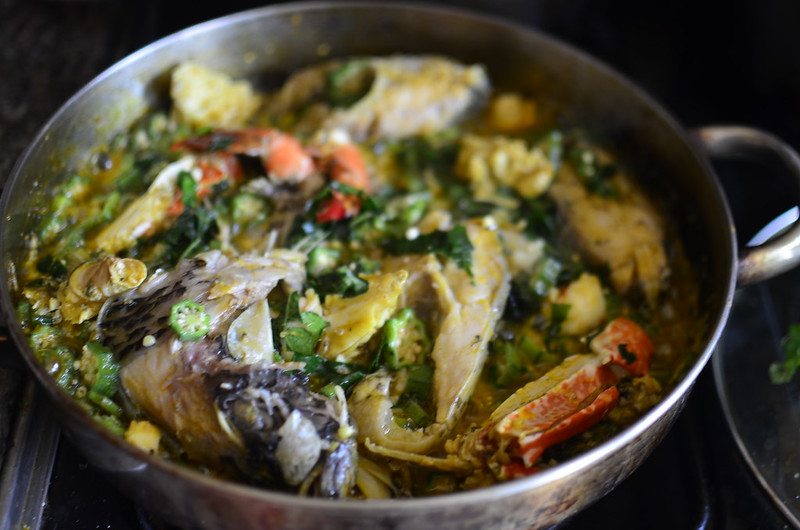
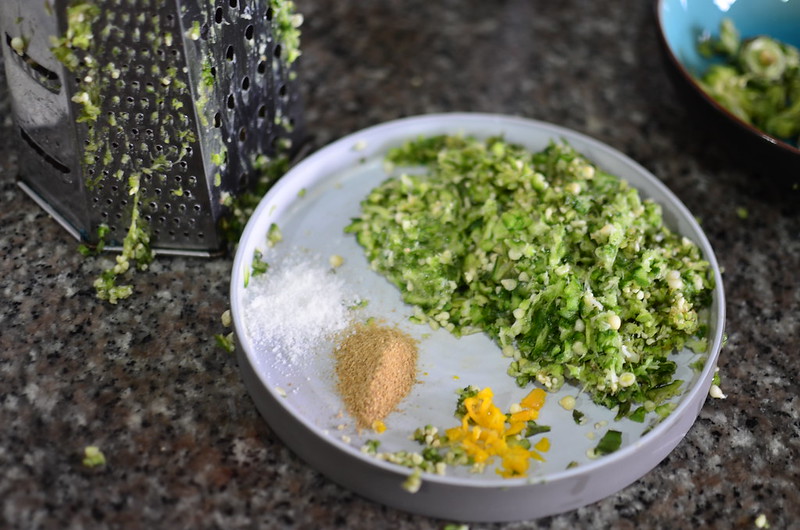
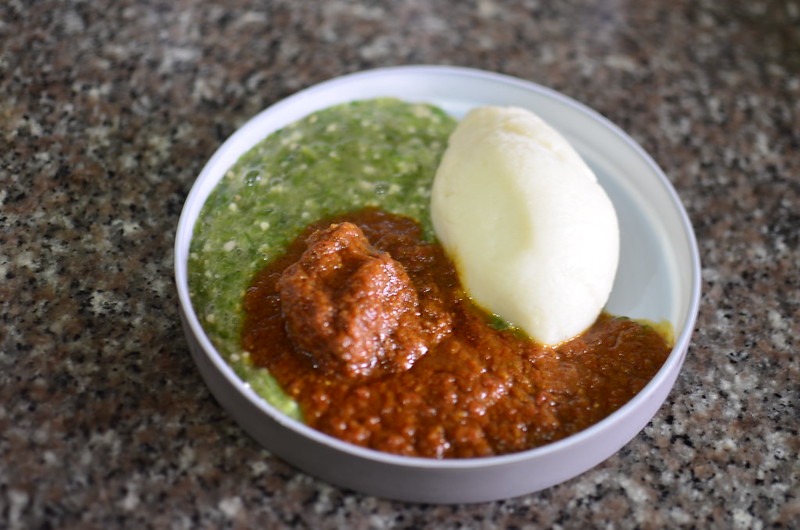
Leave a Reply